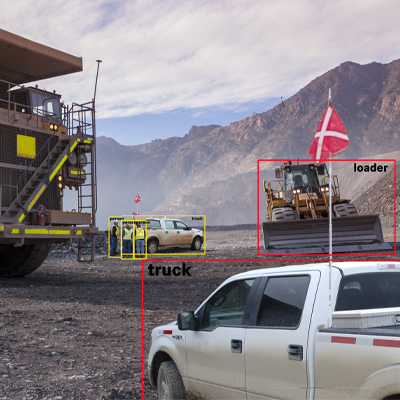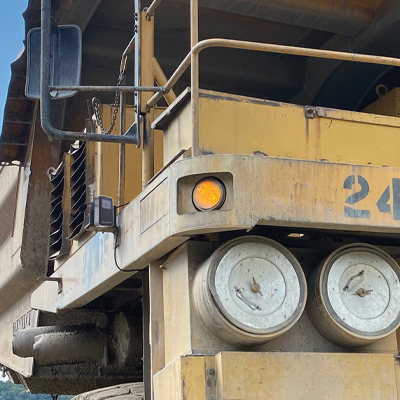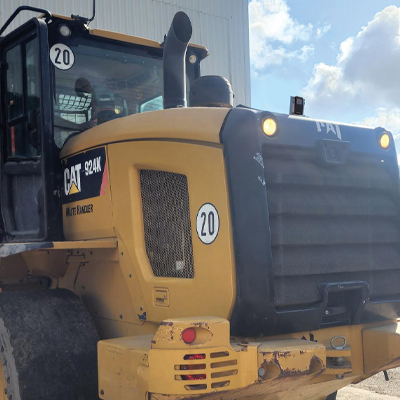
A recipient of the NIOSH Mine Safety and Health Technology Innovations Award, OmniPro Vision AI is an easy-to-implement, cost-effective system that does not require location devices or tags.


What You Need to Know About MSHA’s Powered Haulage & Equipment Program
On December 20, 2023, the Mine Safety and Health Administration (MSHA) issued a rule implementing a new written safety program in response to a concerning uptick in serious and fatal mine accidents related to powered haulage equipment over the past few years. In 2023, the mining industry lost 40 miners, with the majority of deaths related to machinery and powered haulage accidents.
Program Objective
The rule requires mine operators and independent contractors to develop, implement and update a written safety program for mobile equipment at surface mines and surface areas of underground mines. These additional safety measures are designed to reduce the number and rates of accidents, injuries and fatalities at mines across the US. This program will apply to metal and nonmetal as well as coal mines.
Key Program Requirements
(1) Identify and analyze hazards and reduce the resulting risks related to the movement and operation of surface mobile equipment.
(2) Develop and maintain procedures and schedules for routine maintenance and non-routine repairs for surface mobile equipment.
(3) Identify currently available and newly emerging feasible technologies that enhance safety at the mine and evaluate whether to adopt them.
(4) Train miners and other persons at the mine necessary to perform work to identify and address or avoid hazards related to surface mobile equipment.
Collaborative Approach
The written safety program must be developed and updated with input from miners and their representatives. To comply with the rule, the program must include “actions mine operators will take to identify hazards and risks to reduce accidents, injuries and fatalities related to surface mobile equipment,” says MSHA. This program offers mine operators flexibility to devise a safety program appropriate for their specific mining conditions and operations. The program went into effect on January 19, 2024, though mine operators and independent contractors have until July 17, 2024, to create the written safety program for their operation.
How Can Matrix Help You Develop Your Program?
A new technology that fits the scope of the program requirements (see #3) is Visual Artificial Intelligence. Matrix Design Group’s OmniPro® Vision AI uses this technology in its state-of-the-art collision avoidance system to make mine sites safer. A recipient of the NIOSH Mine Safety and Health Technology Innovations Award, OmniPro Vision AI is an easy-to-implement, cost-effective system that does not require location devices or tags.
OmniPro Vision AI detects pedestrians and mobile equipment in the vehicle’s path of travel and provides multiple forms of feedback to the operator to indicate their presence. This data can also help the operator or supervisors on site better identify high-risk areas and near misses.
The MSHA program requirements include the need to identify and analyze hazards (see #1); this technology matches the program’s expectations while increasing site safety. OmniPro additionally fulfills the program’s training requirements (see #4) by helping miners in powered haulage vehicles learn to become more aware of blind spots and hazardous areas.
MSHA projects that increased safety measures in surface mines and the surface areas of underground mines will decrease injuries and fatalities over the next few years.
Matrix Design Group is a US company that has been in the mining safety business since 2006. It now offers a wide selection of technologies and products for mining and industrial safety and productivity. OmniPro Vision AI is Matrix’s latest development in creating safer mine sites.
Learn more about OmniPro Vision AI at https://matrixteam.com/omnipro-vision-ai-mining/
